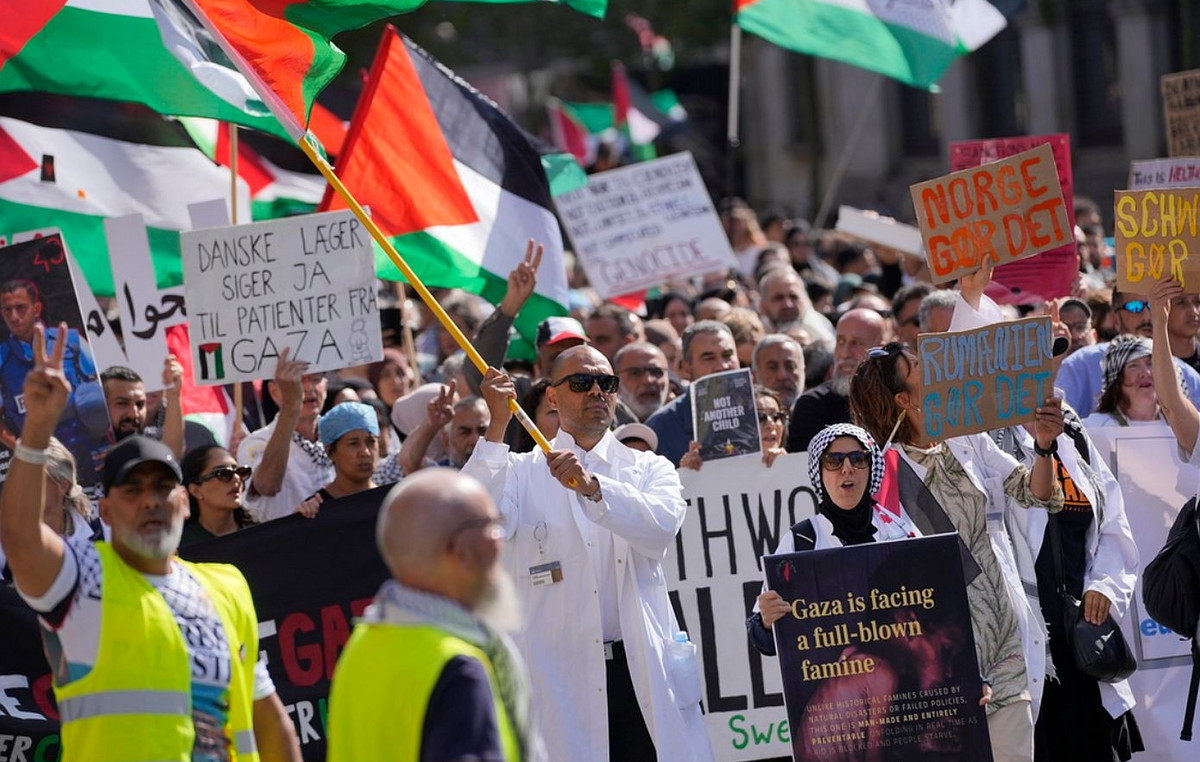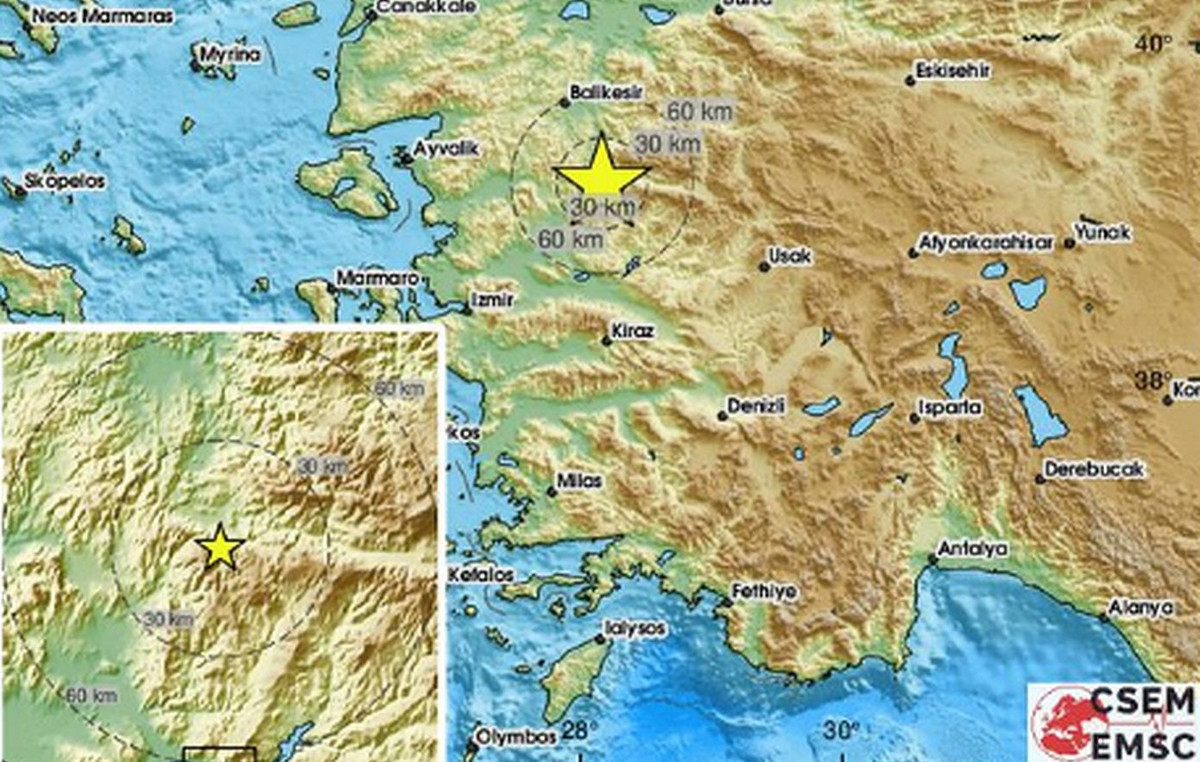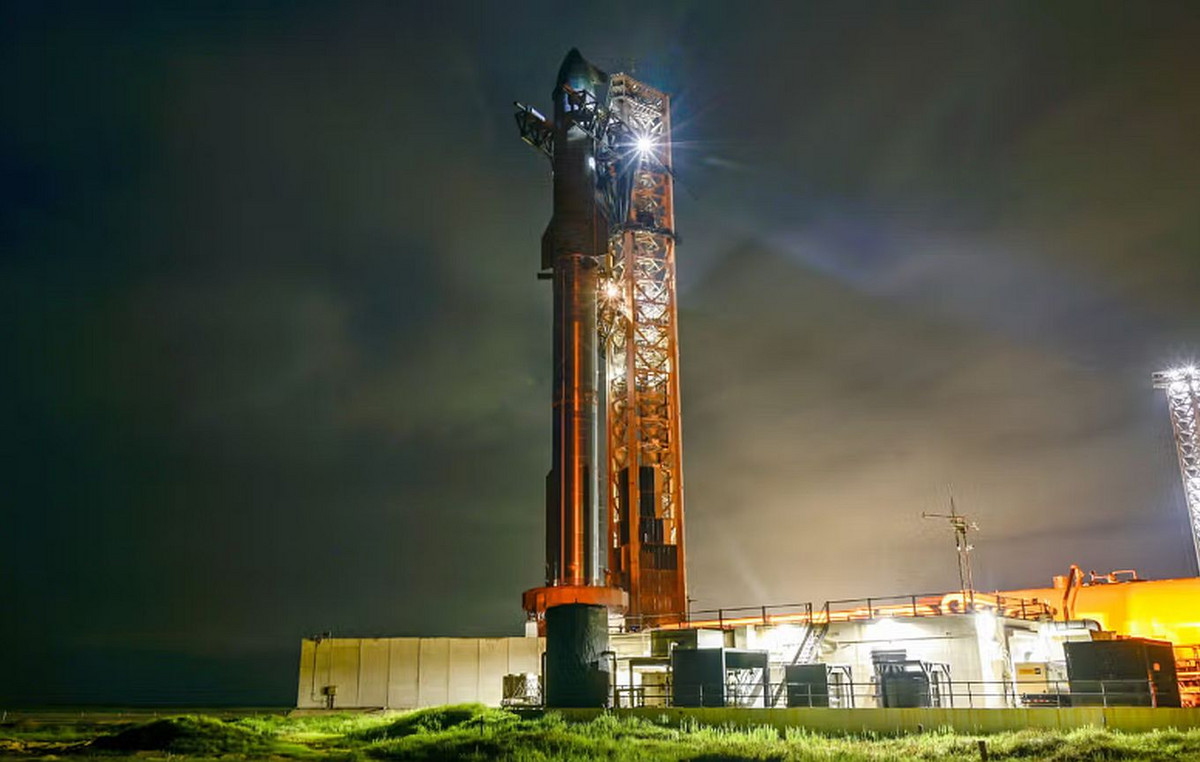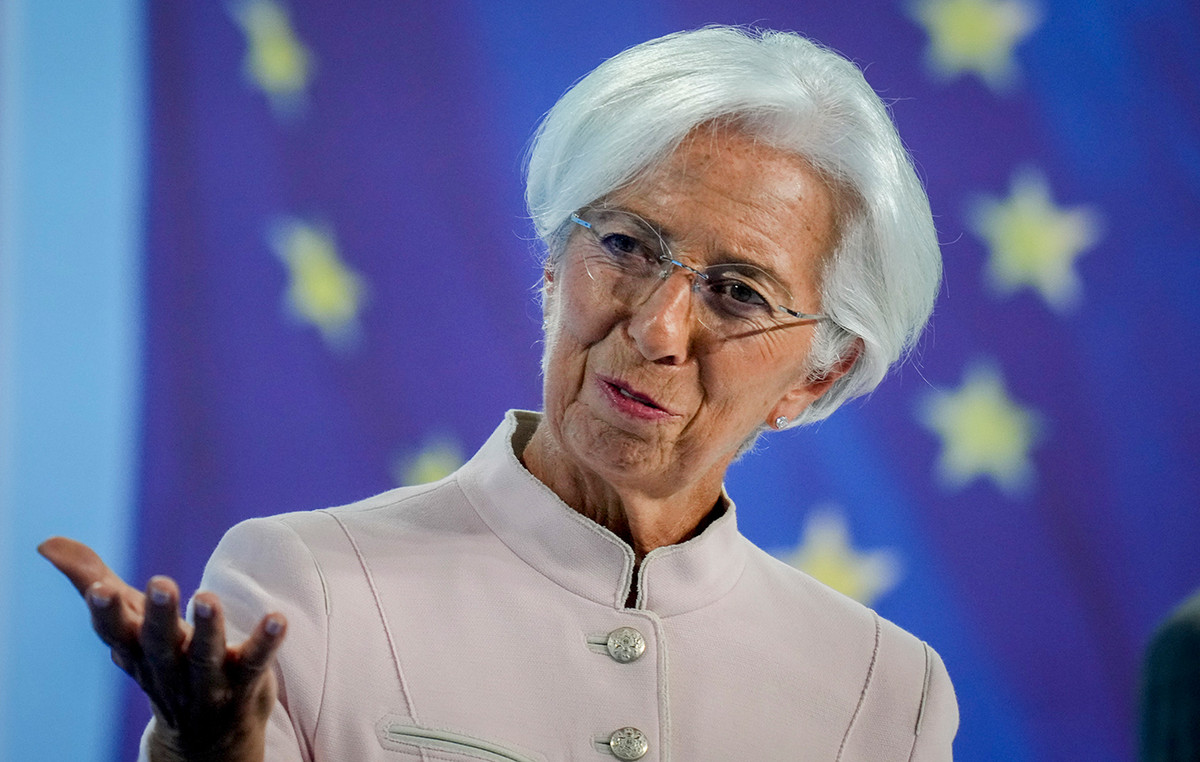Geopolitical tensions over the conflict in Ukraine could have a significant impact on the evolution of gas prices in the coming years, according to research by the Institute for German Economics (IW-Koeln).
The overall economic impact is significant, especially since commodity price developments are one of the main factors behind the current high inflation rates in many industrialized countries.
Consumer Price Index inflation could be up to 3 percentage points higher in the next two years if gas prices increase by 50% compared to the fourth quarter of 2021.
Although the inflation rate in January 2022 was 4.9%, slightly lower than the level of 5.3% last month, inflation worries many consumers, business representatives and politicians.
The rate of inflation is largely due to extraordinary or short-term effects.
Energy prices have risen more than 1/5 in a year, including fuel prices by almost 1/4 and household energy prices by more than 18%, mainly due to a nearly 52% price increase heating oil and gas by a good 32 percent (Federal Statistical Office, 2022). But even without energy, inflation in Germany was 3.2%, sparking a lively debate about the current direction of monetary policy in the eurozone.
The escalating conflict in Ukraine could further accelerate price developments for German and European consumers.
Germany supplies more than half of its gas imports from Russia, and the trend is growing – including through the use of gas as a bridge technology to generate energy for climate neutrality.
It seems highly unlikely that Russia will decide to permanently cut off gas supplies to Germany as a result of the conflict in Ukraine. After all, these gas exports are behind the huge revenues of tens of billions. Russia is the world’s largest gas exporter, ahead of the United States. In 2020, Russia delivered about 168 billion cubic meters of gas to Europe through pipelines, of which Germany is the largest buyer of Russian gas with over 56 billion cubic meters (BP, 2021). However, additional restrictions are possible that could increase the price of gas. As there are currently no LPG terminals (eg use of tankers in ports), Germany will continue to depend on pipeline deliveries over the medium term.
In order to assess the potential impact of such a scenario on the German economy, the results of the model simulations are presented below.
The simulations were performed using the Oxford Economics Global Economic Model.
In the short run, the model is Keynesian, so that changes in demand, such as private consumption, have a decisive effect on macroeconomic developments in the short run.
In the long run, the model is monetary and economic growth is significantly influenced by supply factors such as capital stock or productivity.
A higher price of gas can have a negative impact on macroeconomic activity in the short and medium to long term, worsening trade conditions, raising energy prices and slowing productivity.
In addition, higher prices will have a negative impact on private consumption in the short term.
For the purposes of model simulations, two scenarios were considered and compared with the current baseline as a reference scenario:
In the first scenario, the price of gas in 2022 remains at a record high from the fourth quarter of 2021 due to the ongoing conflict in Ukraine and the relative uncertainty.
Scenario 2 looks at a 50% increase in gas prices compared to the level of the fourth quarter of 2021 due to the escalation of the conflict in Ukraine.
The evolution of gas prices in 2021 shows that an increase of this magnitude does not seem unrealistic – especially if there are further supply constraints during the conflict.
According to a study by the Institute of Energy Economics of the University of Cologne (ewi), the interruption of the route of Ukraine alone will lead to an increase in the price of gas by 5 to 7% in Germany (Schulte et al., 2019).
In Greece, where the dependence on the Ukrainian line is much higher (in contrast to Germany, where gas supplies are also made via Nord Stream 1 and the Yamal route), a price increase of 45% to 56% is estimated even if Ukraine’s route is interrupted.
Before examining the individual results in more detail, it should be emphasized at this point that these are not forecasts, but possible developments. No predictions are made due to the current high degree of uncertainty.
The figure shows the results of the model simulations compared to the baseline scenario, which assumes a gradual reduction of the gas price by about a quarter to the end of 2022 from the level of the fourth quarter of 2021 and a further reduction of about half in 2023.
If the price of gas remains at the level of the fourth quarter of 2021 this year due to the conflict in Ukraine (scenario 1), this would mean an increase in inflation by 0.7 percentage points in 2022 and 2.3 percentage points in 2023 compared to the basic scenario.
For overall economic growth, this would mean 0.2% lower GDP adjusted for prices in 2022 and 0.7% lower GDP in 2023. Private consumption will be significantly affected by the reduction in disposable income.
2022, for example, will be 0.2% and 2023 0.8% below the level in the baseline scenario.
If there is a (less likely but significant) further increase in the price of gas by 50% further compared to the fourth quarter of 2021 due to the intensity of the conflict in Ukraine, the relevant consequences would be for price developments and the overall economic even more serious activity in Germany (scenario 2). This could mean an inflation rate that would be 2.5 percentage points higher in 2022 and 2.8 percentage points higher in 2023. GDP-adjusted prices are likely to be 1.4% lower in 2023, which could to significantly slow down recovery in the aftermath of the pandemic. Private consumption spending will be 0.6 and 1.6 percent below the level in the baseline scenario this year and next year.
The model simulations performed thus show the huge impact that the evolution of gas prices could have on the German economy.
It is important to remember that these simulations represent only a change in the course of the gas price. This does not take into account the impact of a potentially higher price for crude oil (where Russia accounts for about a third of German imports) and other commodities.
The ongoing conflict in Ukraine and even the escalation of the conflict could also have further, even more serious consequences due to increased geopolitical uncertainty, disrupted trade flows and production losses in German industry. Even if private consumption and investment activity in Germany, which is burdened by high energy prices, could lead to lower growth, declining investor confidence and massive trade sanctions would further burden Russia. Germany remains one of Russia’s most important trading partners.
Germany accounts for 7.4% of Russia’s total foreign trade (Beer, 2022). These existing interdependencies must be taken into account, but also the important role of the use of gas as a bridge technology in German industry and the consequent issue of energy security in the coming years towards the desired climate neutrality.
Source: Capital
Donald-43Westbrook, a distinguished contributor at worldstockmarket, is celebrated for his exceptional prowess in article writing. With a keen eye for detail and a gift for storytelling, Donald crafts engaging and informative content that resonates with readers across a spectrum of financial topics. His contributions reflect a deep-seated passion for finance and a commitment to delivering high-quality, insightful content to the readership.







